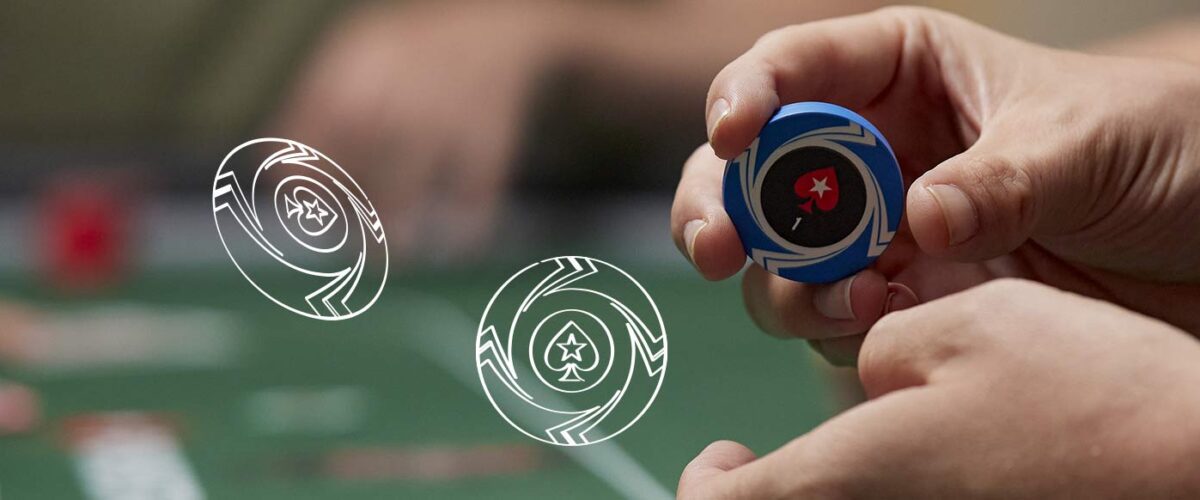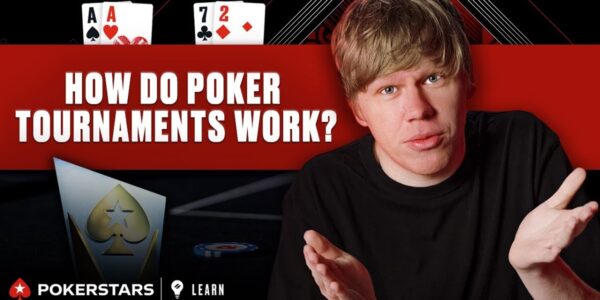4 Situations to Use Blocker Bets
Being out of position in a poker hand is a bit like being stranded in the middle of a jungle. Sometimes you don’t know which way to go, and even when you do, you don’t know what dangers might be lurking around the corner.
Unless you have the stone-cold nuts (in the jungle metaphor, that would be some kind of invincible shield, like a star in Mario Kart), then you’re always at risk of your opponent having the nuts, or at least representing that they do.
So, when you reach a situation on the turn or river where you don’t want to face a large bet, how can you take back a bit of control and prevent your in-position opponent from putting you in a tough position?
One way is to use a blocker bet (sometimes called a blocking bet or block bet). In this article, we’ll answer the question ‘What is a blocker bet?’, and then discuss four common situations where a blocker bet would be a good course of action.
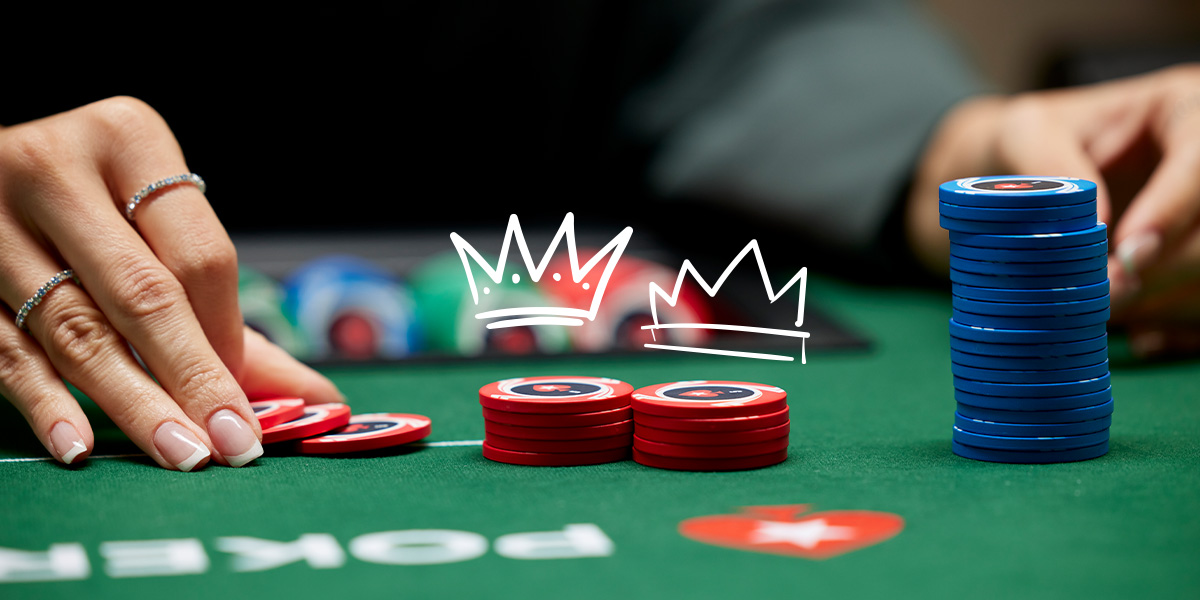

What is a blocker bet?
A blocker bet is a small bet (usually anywhere from 10% to 30% of the pot) made by an out-of-position player on the turn or river.
The idea behind a blocker bet on the turn is that you either want to get value and continue building a pot with a hand you believe is better than your opponent’s, or you want to see a cheap river with a draw or a marginal hand. It’s used in situations where if you check, your opponent is likely to make a medium or large bet.
On the river, a blocker bet is used to either squeeze out a bit of value when you don’t think your opponent can fold, to try and get to a cheap showdown in situations where your opponent may bet large if you check, and even to induce a raise or a bluff when you have a very strong hand.
You can also see blocker bets on the flop, but out-of-position flop leads are commonly referred to as ‘donk bets’.
Blocker bets are usually used against opponents who play on the tighter side. Always be wary of using them against more experienced players as they could put you in tough spots by bluff-raising.
Now let’s look at four situations where you might consider using a blocker bet.
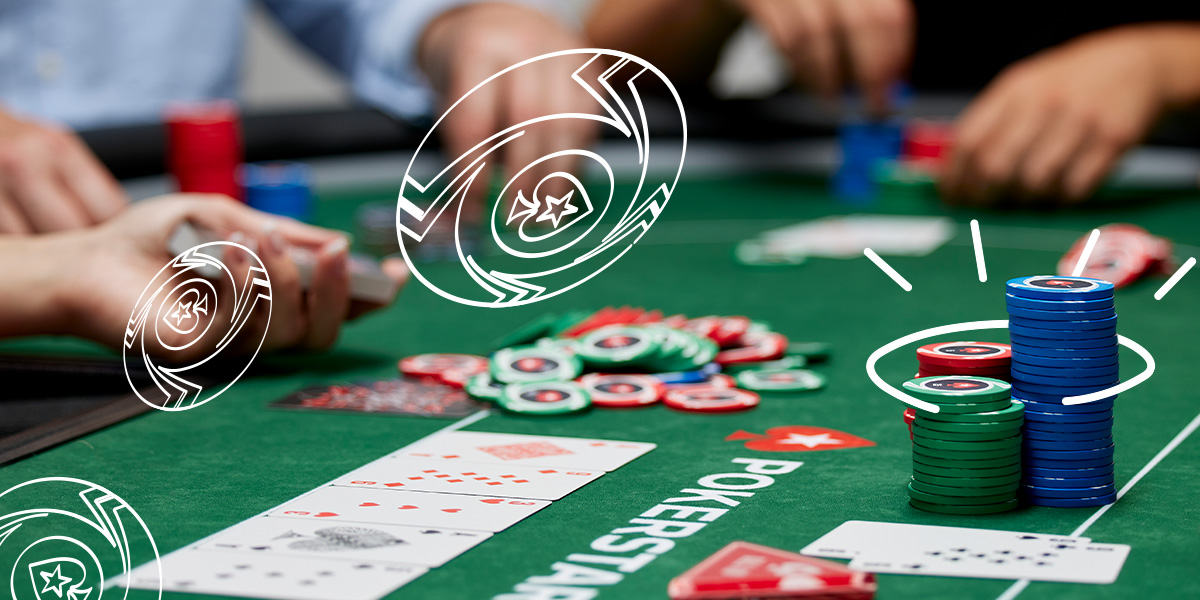

To see a card for cheap
Let’s say you’re in the big blind with 7♥ 8♥ and you defend against a middle-position (MP) open. The flop comes 5♣ 6♠ K♥ and you check, then the MP checks back.
The turn is the 2♣ . In this situation you might want to consider using a blocker bet as you want to see the river card for cheap, hoping to complete your open-ended straight draw. If you check, your opponent might make a large, delayed continuation bet and deny you the equity you have.
If your opponent raises your blocker bet, you can simply lay your hand down. But if your opponent calls the blocker bet, you have options on the river. If you hit your straight, then you’re golden. You can simply continue betting for value. But if you miss, you can turn your hand into a bluff, representing a king or even two pair. After all, your opponent checked back the flop, so they might not have a hand strong enough to call a river bet.
To discourage an opponent from betting big
Now let’s say you’re in the big blind with 10♠ 7♠ and you defend an MP open. The flop comes K♥ 10♣ 6♦ and you check. The MP player makes a c-bet and you call with second pair.
The turn is the 4♥ and you check. This time your opponent checks back and the river is the 2♠ . No obvious draws have improved for either you or your opponent, and you’d really like to get to showdown with your second pair.
If you check, your opponent might bet large, maybe even overbetting the pot. Regardless of what you think they have, this puts you in a tough position.
However, if you make a small blocker bet – one you think might get called but probably won’t get raised – then you either get your opponent to fold, you get value from a worse pair, or you only lose a small pot.
If your blocker bet gets raised, you can probably lay it down comfortably (unless you manage to sniff out the bluff!)
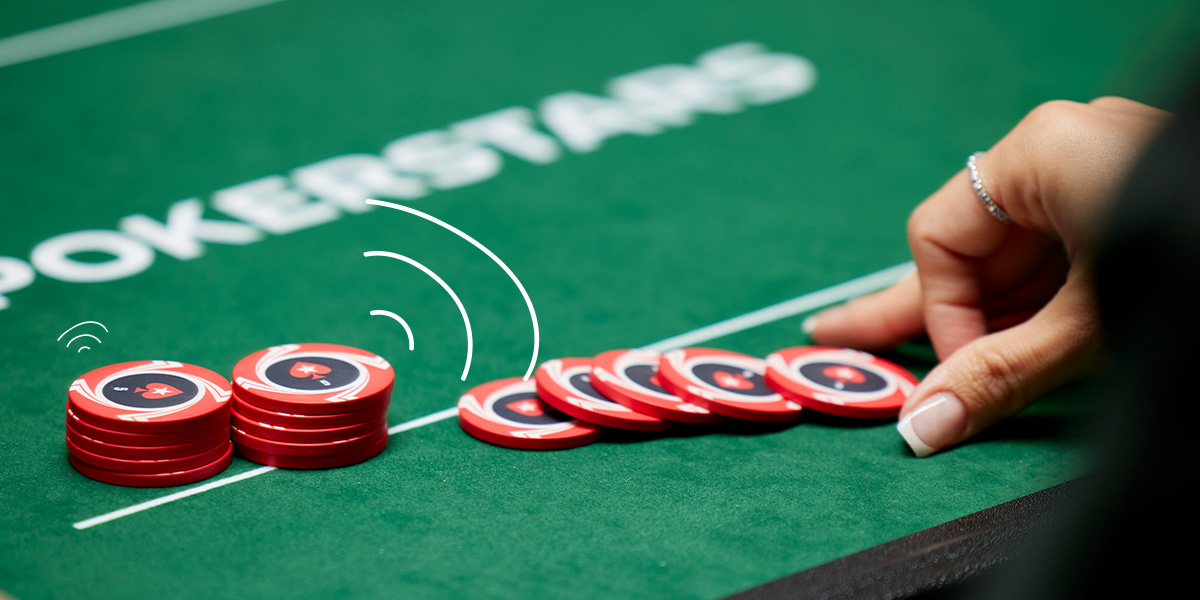

To induce a bluff
Sometimes you might want to use a blocker bet with a strong hand, even if every fibre in your being is screaming to bet large and get value.
Let’s say you’re in the big blind with A♠ 2♠ and you defend against a cutoff open. The flop comes 3♠ 8♠ J♠ , giving you the nuts. You check and call a c-bet. The turn is the 10♦ and you check again. Your opponent bets big and you just call.
The river is the 2♥ and you decide to put out a 10% blocker bet.
Let’s consider what things might run through your opponent’s mind at this point.
They’ll probably be wondering why you’ve decided to lead out small when they’ve been betting every street. Would you really do this with a flopped flush? Or is it more likely you’d do this with top pair, hoping to get to showdown for cheap? Or even a hand like A♠ 8♦ that was chasing the nut flush but also had a pair?
The blocker bet might encourage them to raise, either as a bluff or for what they perceive as value. The worst-case scenario is that they just call with a very big hand, and you miss out on value, but hey, at least you still win the pot.
But best-case scenario? They bluff-raise big and you win what’s in the pot plus a whole lot more.
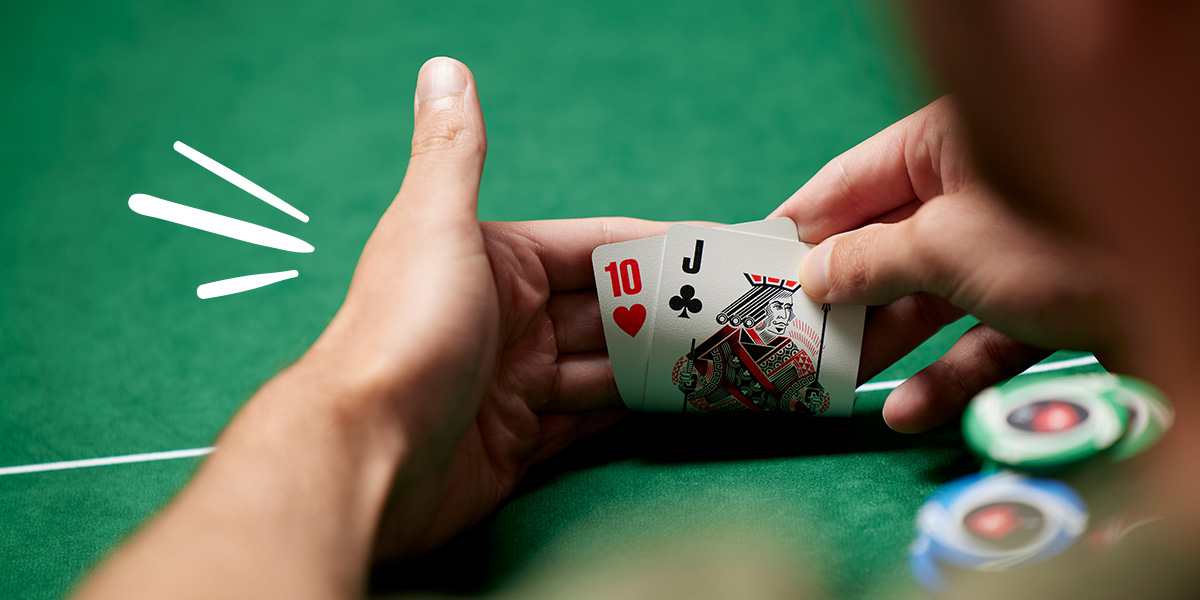

Get value / Get away
Sometimes you can use a blocker bet to keep your decisions simple. You either get a bit of extra value with a marginal hand, or you have an easy fold if you get raised.
Let’s say you call from the small blind with K♦ 9♦ after an MP open. The big blind folds and the flop comes K♠ 8♥ 2♦ . You check-call a c-bet and the turn is the 4♣ . You check but this time your opponent checks back.
The river is the A♠ – one of the worst for your hand as you no longer have top pair. You might want to consider making a blocker bet here as you could get called by a worse pair. But should your opponent raise on the ace – a card which improves their range more often than yours – then you get away from your second pair quite easily.


